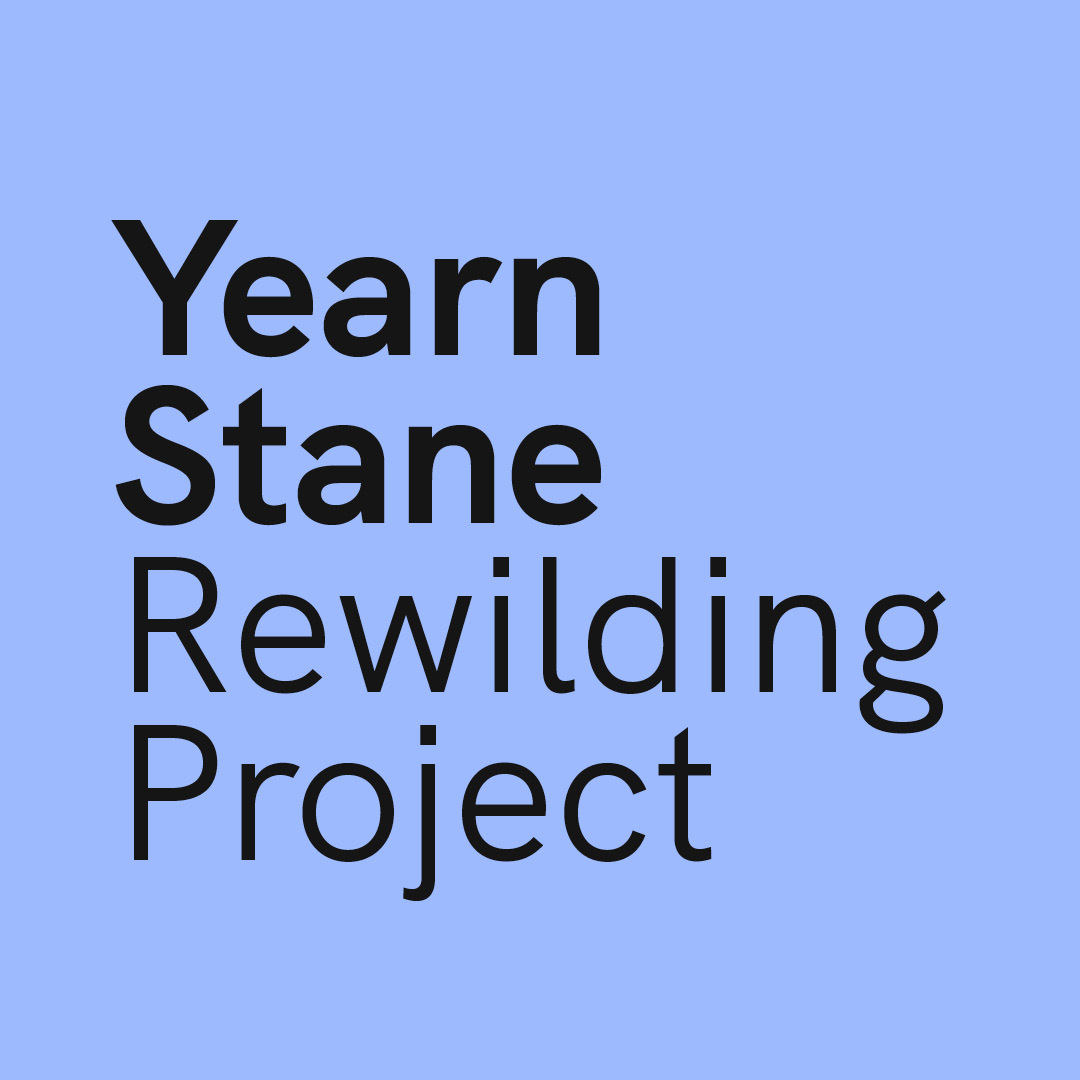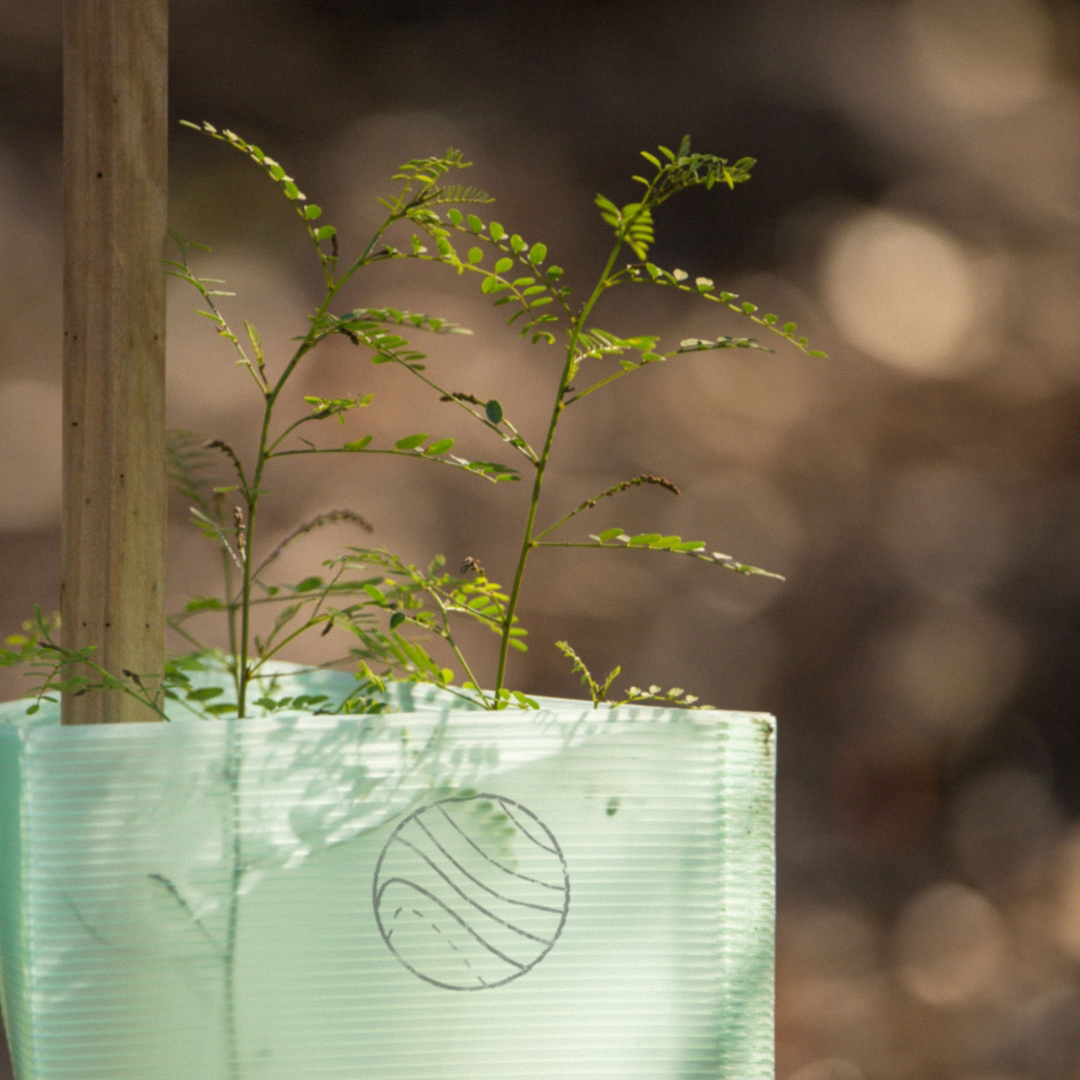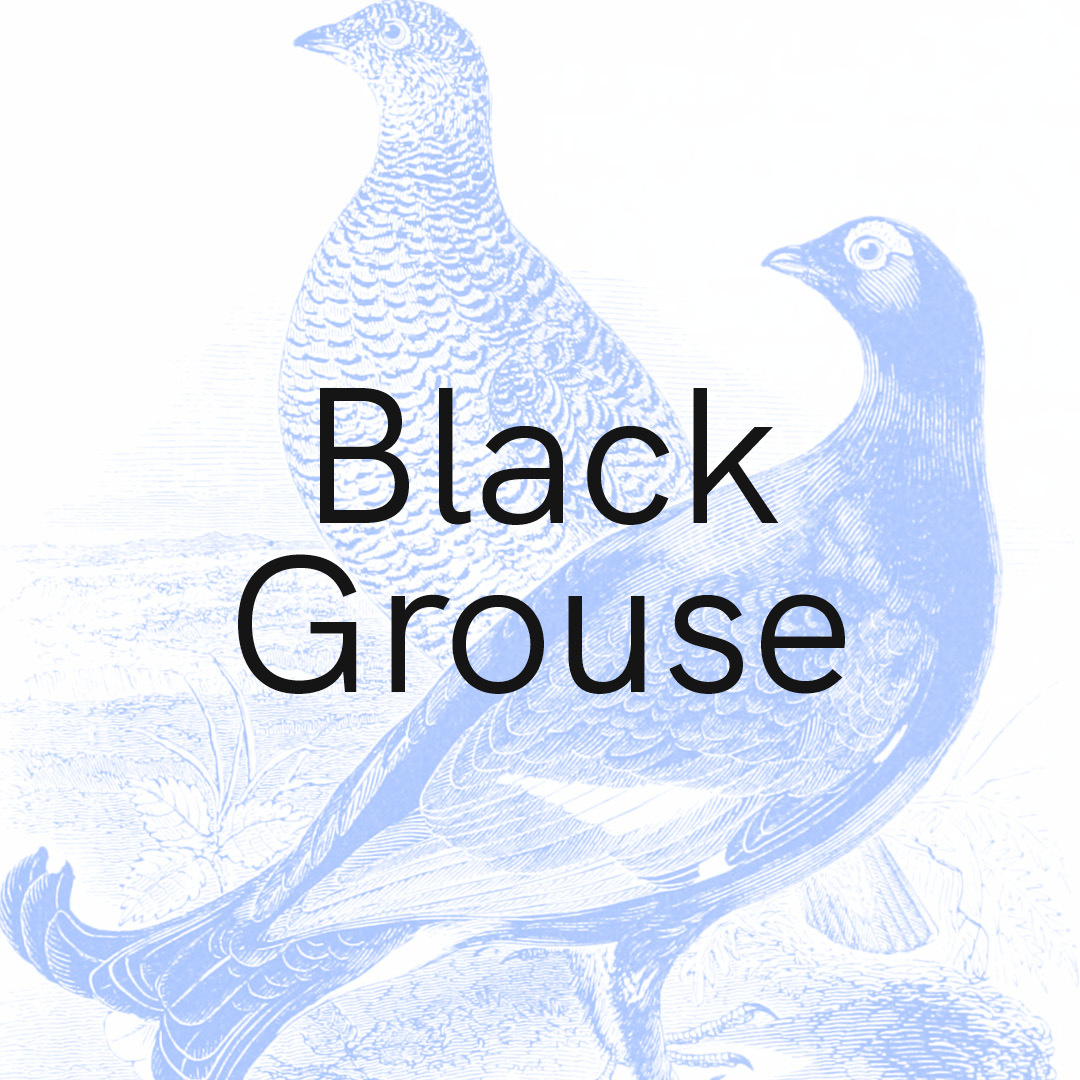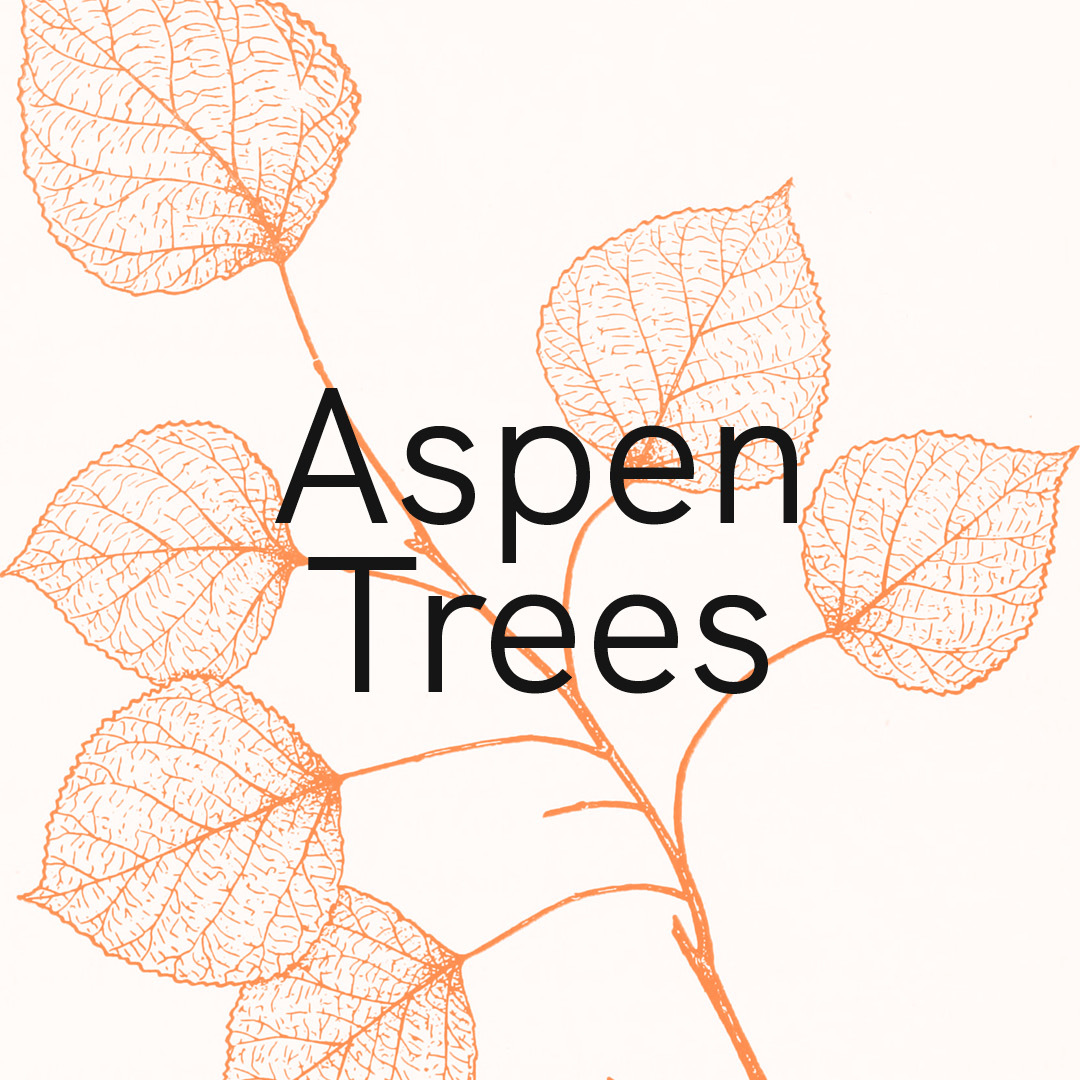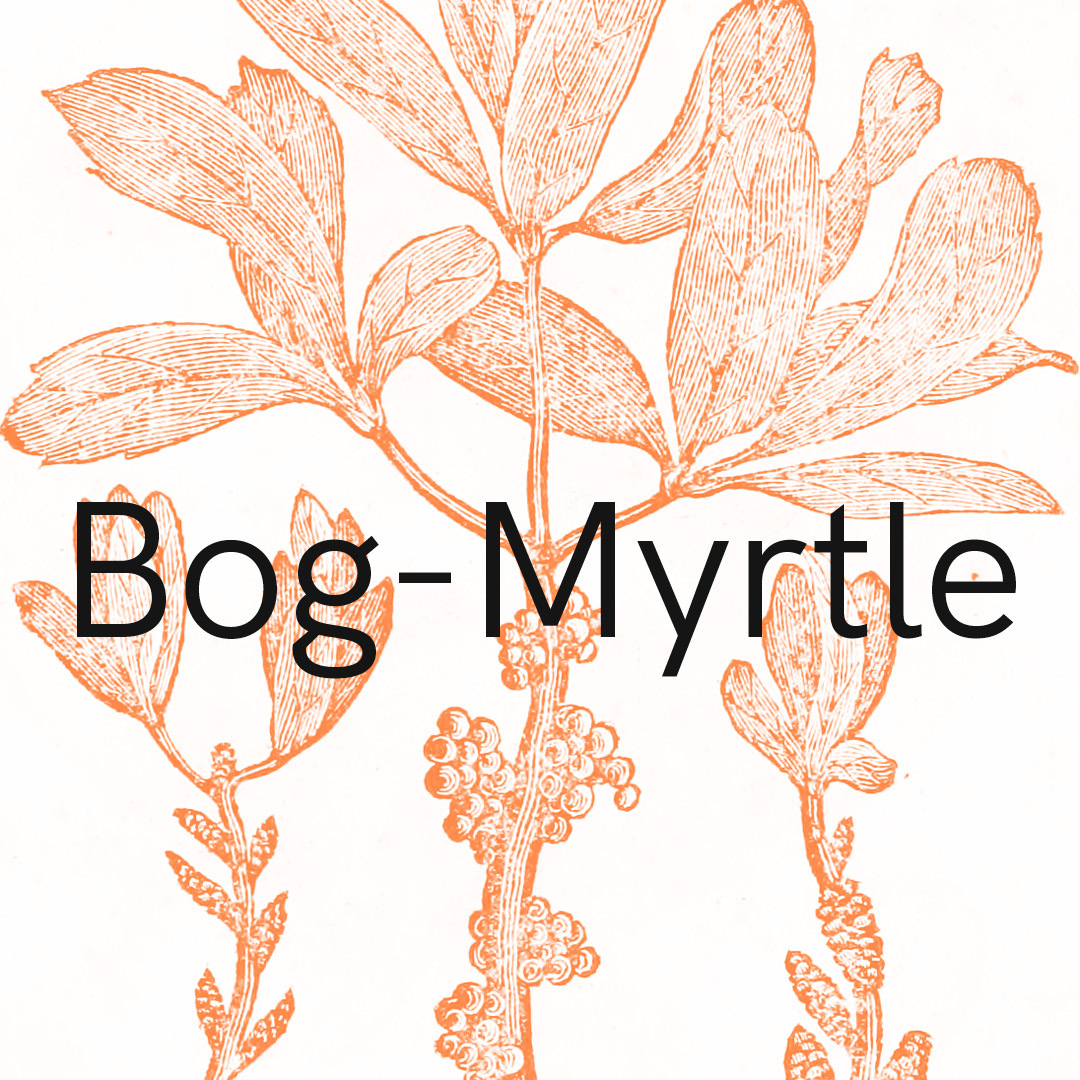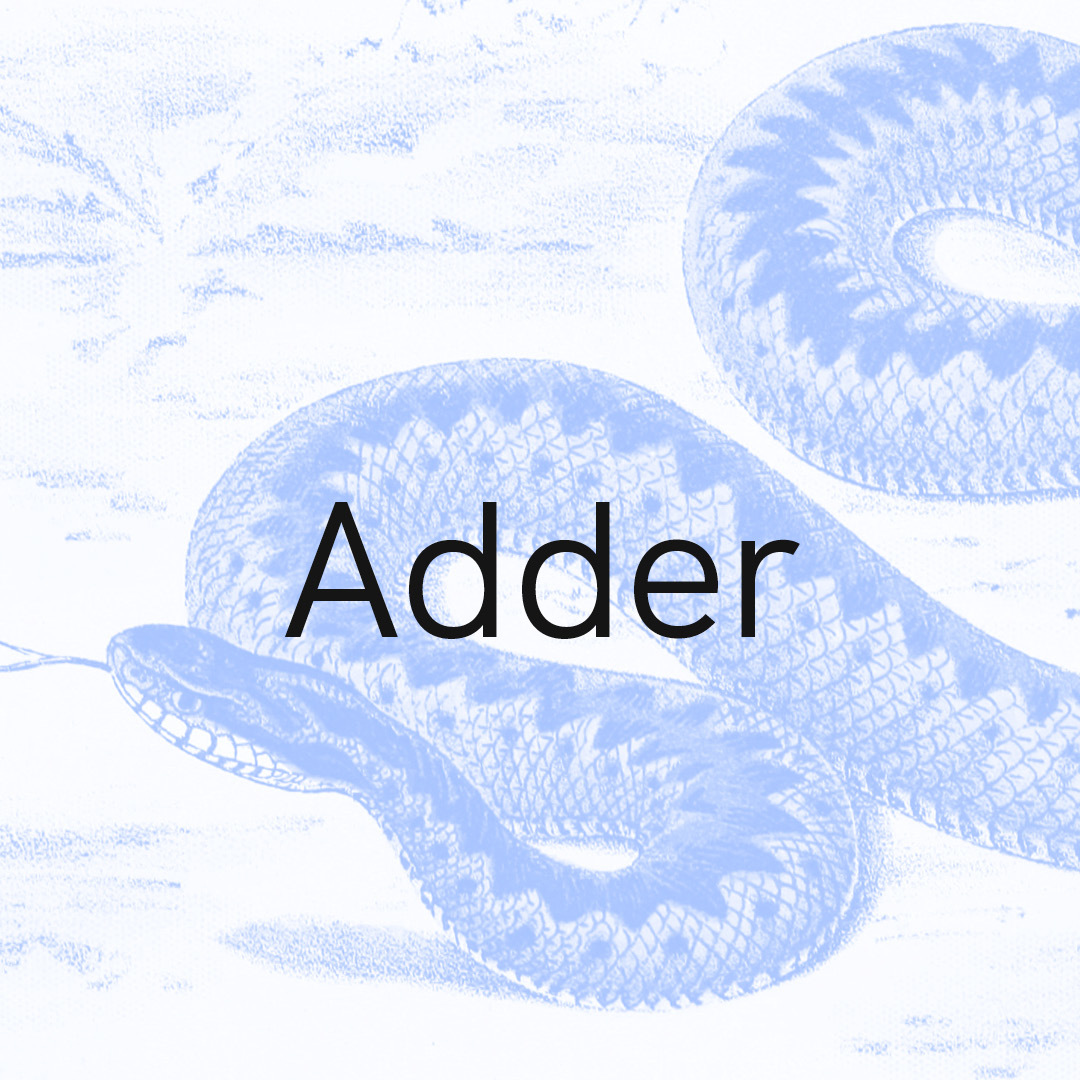Remade Network
Work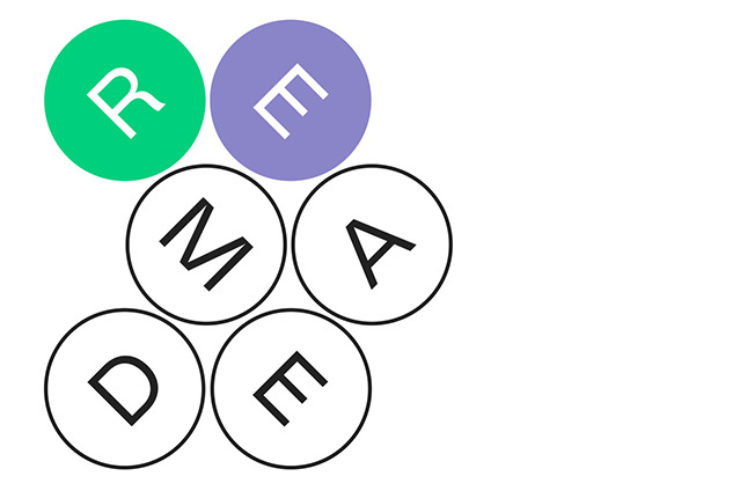
A recent study by Friends of the Earth found that some of England’s national parks, like the Peak District and the Yorkshire Dales, were found to have lower woodland coverage than the cities of London and Leeds. Another worrying report has found that a quarter of Britain’s native mammals are at imminent risk of extinction due to the destruction of habitats and historic persecution.
“Initiatives like Yearn Stane are important, timely and are igniting the passion for the natural world within communities.”
But! There is hope, in the form of the Yearn Stane Rewilding Project, just one of the many environmental charities taking action in the UK. They plan to plant thousands of native trees and reintroduce native animals that are currently extinct across 100 square miles of the Renfrewshire Heights wild area. Key to this project is the restoration of the eroding peatlands that store carbon and water, which helps to prevent flooding and reduces emissions.
Tangent was delighted to work with the Yearn Stane team to create an identity for this initiative. Our inspiration came from the stone that sits on the border of the project area, as well as topographic maps and the re-introduction of Aspen trees. Referencing a topographic map of the project area, we cropped into the map to create several versions of the logo, which highlights the ambitious scope of the socio-economic regeneration as well as the geography of peatlands and woodlands.
The subtle mark we developed would primarily be used as a stamp, allowing Yearn Stane to give a seal of approval to any literature being distributed amongst the community. With this in mind we took all the variations of crop we had taken from the map, and housed them in a roundel, referencing the graphic language of stamps and seals.
We also utilised the Internet Archive of Book Images which was an incredible resource for this project. The archive is an open source collection of historic wildlife illustrations, from which we chose a selection that could be used in tandem with the logo to create a more diverse, flexible identity.
The images we selected were chosen in reference to historical wildlife illustration; a style developed to better understand wildlife and conservation of rare or endangered species. The archive has a variety of illustrations which relate to the Yearn Stane initiative: from drawings of native flora such as bog myrtle and juniper, to native fauna, like adders and red grouse.
Initiatives like Yearn Stane are important, timely and are igniting the passion for the natural world within communities, proving that society and nature can and should work together.


